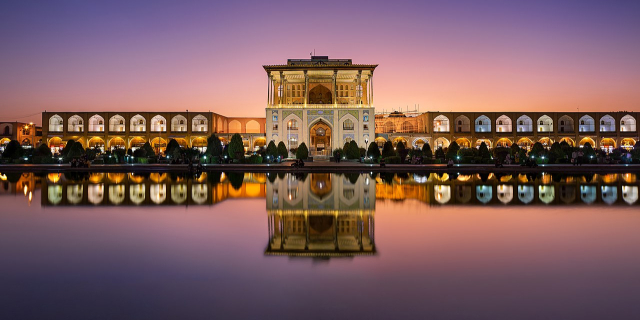سیوسهپل
( Si-o-se-pol )The Allahverdi Khan Bridge (Persian: پل اللهوردی خان), popularly known as Si-o-se-pol (Persian: سیوسهپل, lit. '[the] bridge of thirty-three [spans]'), is the largest of the eleven historical bridges on the Zayanderud, the largest river of the Iranian Plateau, in Isfahan, Iran.
The bridge was built in the early 17th century to serve as both a bridge and a dam.
Si-o-se-pol was built between 1599 and 1602,[1] under the reign of Abbas I, the fifth Safavid king (shah) of Iran. It was constructed under the supervision of Allahverdi Khan Undiladze, the commander-in-chief of the armies, who was of Georgian origin, and was also named after him.[2][3] The bridge served particularly as a connection between the mansions of the elite, as well as a link to the city's vital Armenian neighborhood of New Julfa.[4]
In years of drought (2000–02 and 2013), the river was dammed upstream to provide water for Yazd province.[3]

































Add new comment